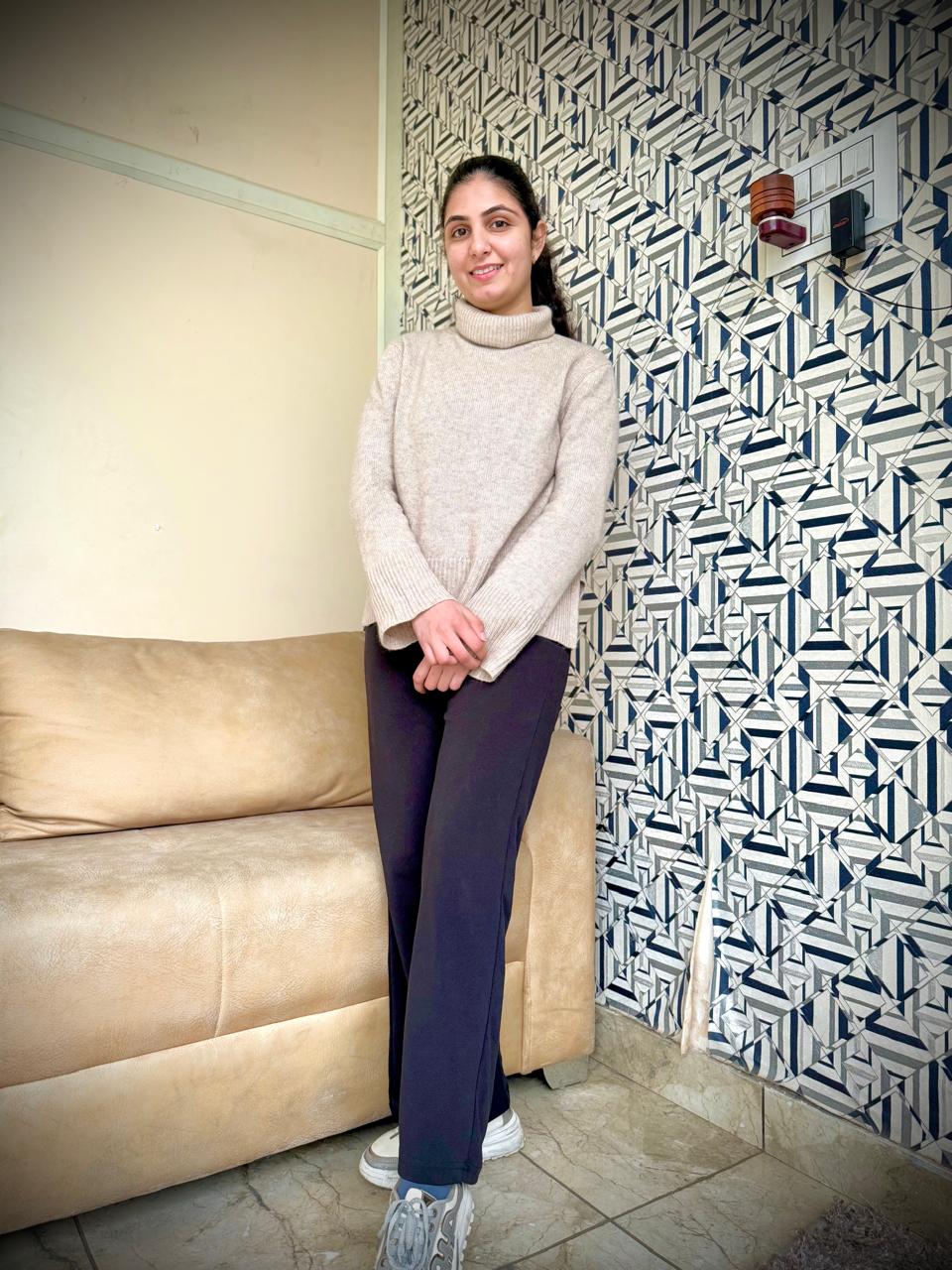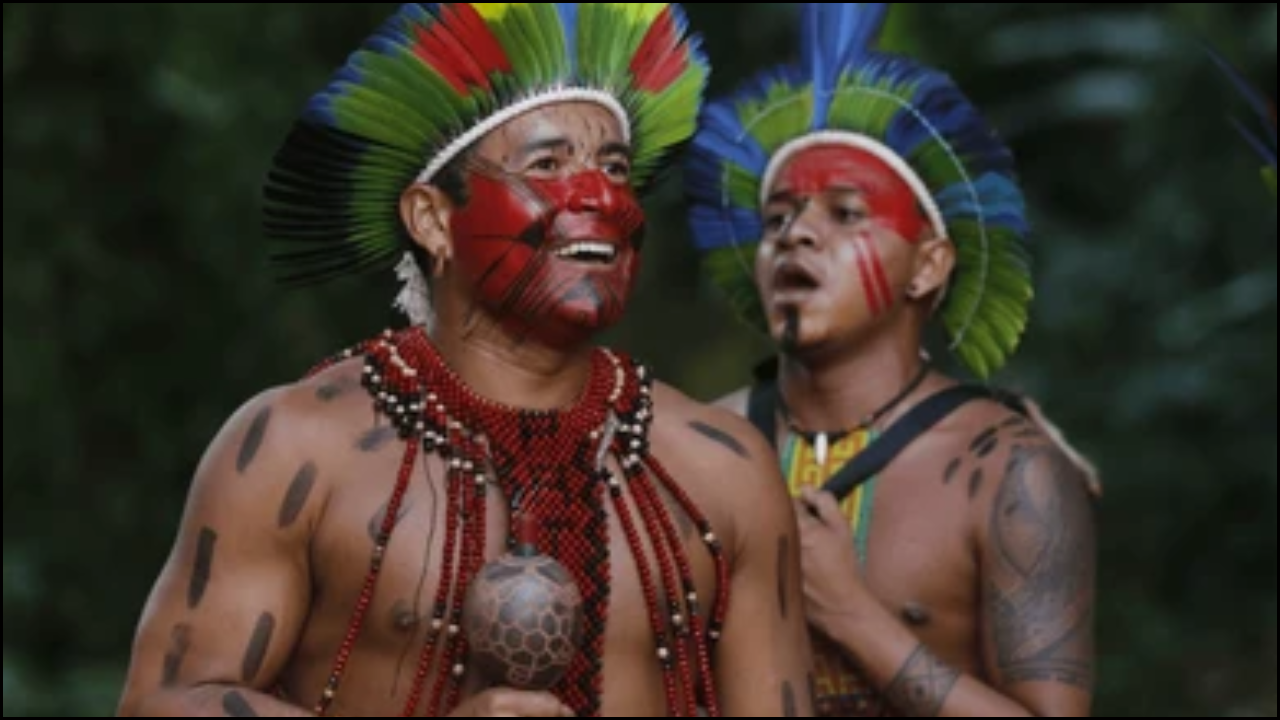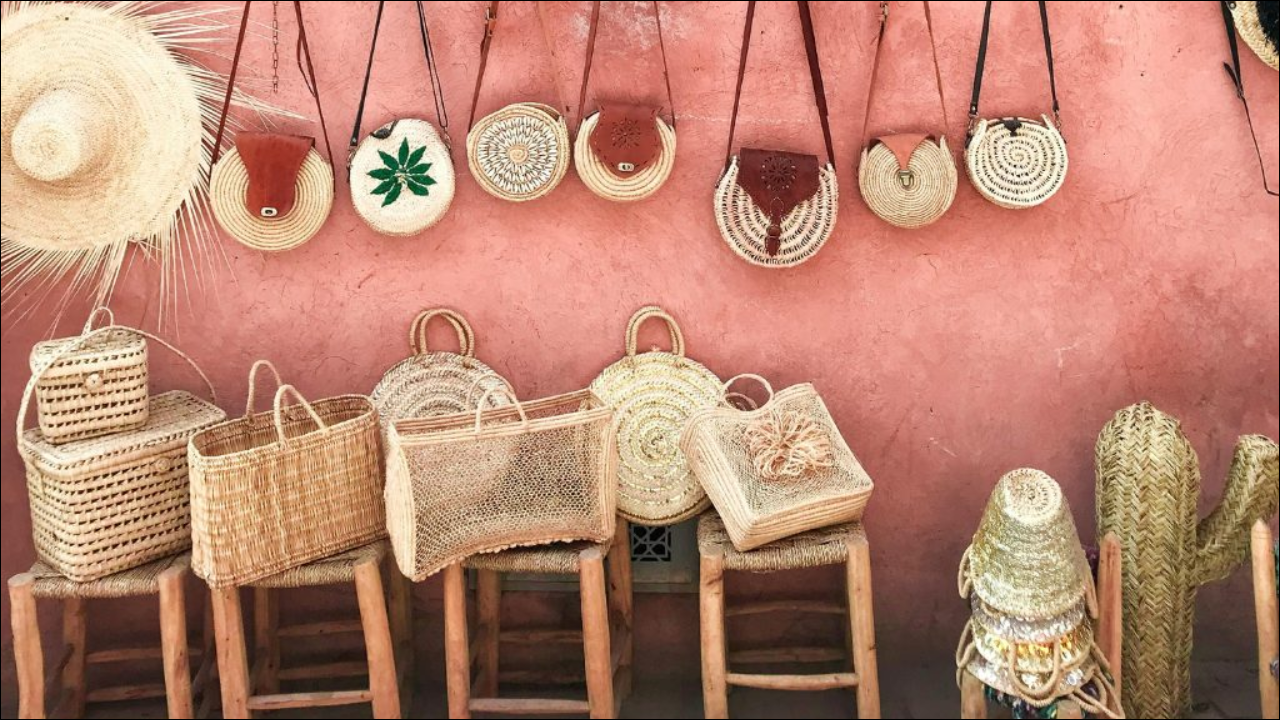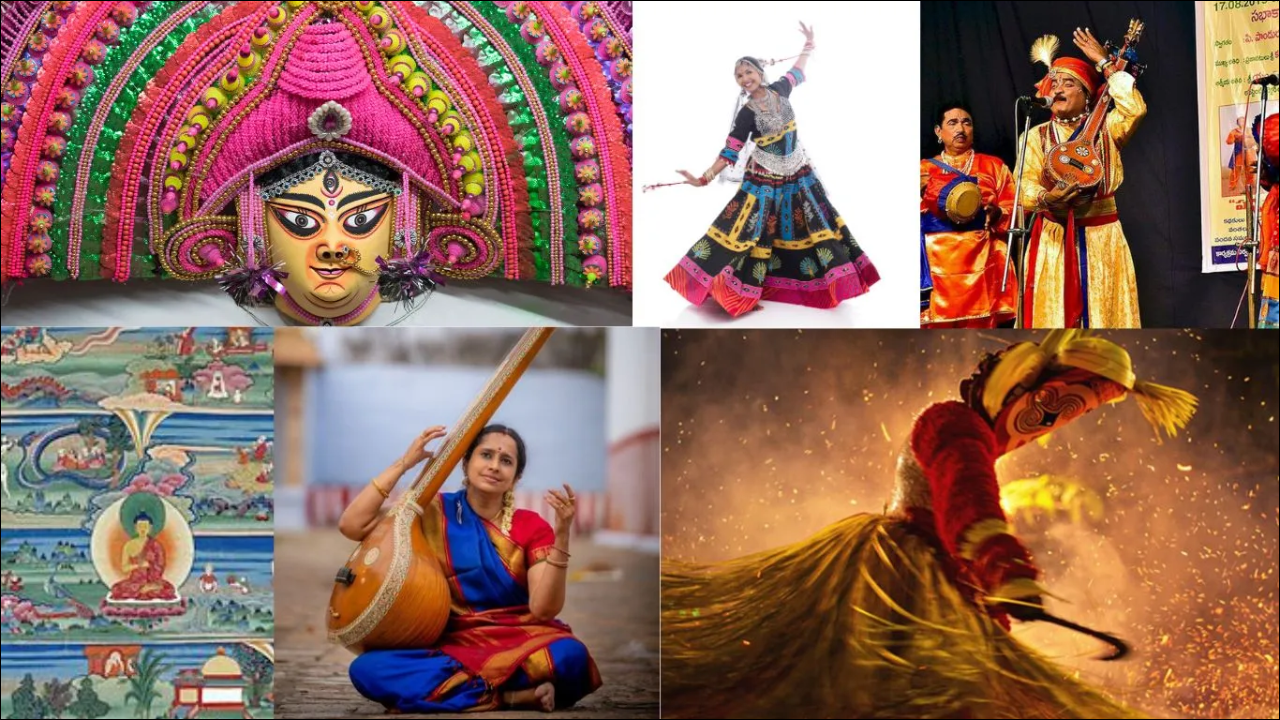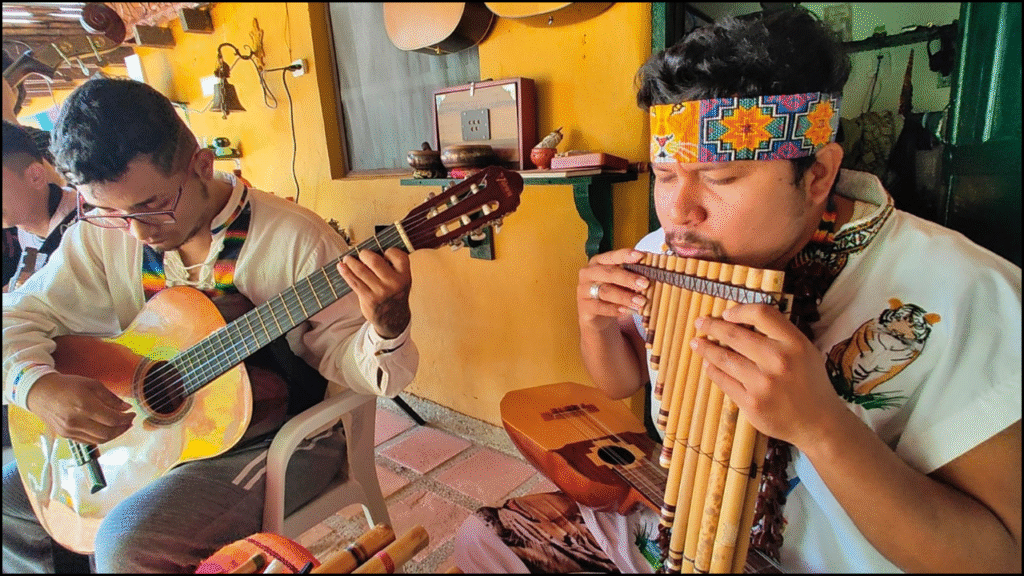
In the heart of Cachoeiro de Itapemirim, music is not just an art form—it is a living thread that weaves together generations, stories, and shared emotions. From the chants of early workers in the marble industry to the vibrant rhythms of festivals and immigrant songs, the city’s musical traditions are echoes of its diverse past. These sounds form part of Cachoeiro’s cultural soul, yet many remain under-documented and risk fading as younger generations move toward urban lifestyles and global trends.
Table of Contents
Echoes of Work and Song
In the early years of Cachoeiro’s marble industry, the rhythmic clinking of tools often blended with the voices of laborers. These songs, once sung to pass time and coordinate effort, carried deep emotional value. The melodies were simple, yet they spoke of endurance, pride, and community. Older workers recall how these tunes brought unity, turning hard labor into a shared experience.
Though few of these songs survive today, they represent an important chapter in Cachoeiro’s industrial heritage. Some cultural groups are now making efforts to record and preserve them, recognizing that the music of the workers tells a story as vital as the marble they carved.
Immigrant Voices and Blended Traditions
Cachoeiro’s history is shaped by waves of immigrants—Italians, Portuguese, and others—who brought their own music and rituals. Italian families introduced lively folk tunes and accordion-led dances that soon mingled with local Brazilian rhythms. These exchanges created a new musical language unique to Cachoeiro, blending European melody with Afro-Brazilian percussion and indigenous beats.
In many homes, older residents still recall family gatherings where these songs were performed, often during harvest celebrations or community feasts. However, as time passes, these intimate performances are becoming rare. Urbanization and changing lifestyles have reduced opportunities for communal singing, leaving younger generations less connected to these traditions.
Festivals that Keep the Beat Alive
Despite the challenges, music still thrives in Cachoeiro’s festivals. Annual events such as local saints’ days, carnival celebrations, and cultural fairs feature traditional music and dance that connect people to their roots. Folk groups and percussion ensembles perform alongside modern bands, creating a blend of the old and the new.
One notable example is the Festa de São Pedro, where fishermen and families gather by the river, singing and dancing in gratitude for the year’s blessings. The melodies, often accompanied by tambourines, drums, and handclaps, remind participants of their ancestors’ resilience and faith. These public celebrations serve as living museums of Cachoeiro’s musical heritage, offering a chance for the community to relive and renew its traditions.
Music as a Reflection of Identity
For many residents, these traditions are more than entertainment—they are a way of expressing belonging. Music reflects the shared experiences of joy, struggle, migration, and hope that define Cachoeiro’s people. Local songs often tell stories of love for the land, the flow of the river, and pride in the crafts that built the town.
Elder musician José da Silva explains, “When we sing together, we remember who we are. Even if the young ones forget the words, the rhythm stays in their hearts.” His sentiment captures the emotional depth behind these community traditions—music as memory, emotion, and identity intertwined.
Challenges in a Changing World
Modernization poses significant challenges for Cachoeiro’s living music traditions. Younger generations are increasingly drawn to digital music and global genres, often leaving little room for traditional forms. Urban expansion has also limited spaces for community gatherings, reducing the frequency of live performances and rituals.
Yet, hope remains. Cultural preservation projects are emerging to record oral histories, teach traditional instruments, and organize workshops for young musicians. Schools and cultural centers are beginning to recognize the educational and emotional value of these traditions, integrating them into art programs and public events.
Looking Ahead: Keeping the Rhythm Alive
To preserve Cachoeiro’s musical heritage, collective effort is essential. Encouraging youth participation, supporting local artists, and recording performances are vital steps. The music of Cachoeiro’s communities—whether sung in workshops, churches, or festivals—carries lessons about resilience, creativity, and cultural harmony.
Each song is a bridge between past and present, reminding the city that its most powerful melodies are not just heard—they are lived. If these traditions continue to be celebrated, Cachoeiro’s rhythms will keep beating strong for generations to come.
FAQs
Q1: What types of music traditions exist in Cachoeiro de Itapemirim?
They include marble-industry songs, immigrant folk tunes, festival rhythms, and local religious chants that reflect the city’s diverse cultural roots.
Q2: Why are these music traditions at risk today?
Urbanization, modernization, and limited youth involvement have reduced the practice and transmission of traditional songs and dances.
Q3: How can these traditions be preserved?
Through education, cultural festivals, oral history projects, and community engagement that connect young people with their musical heritage.

